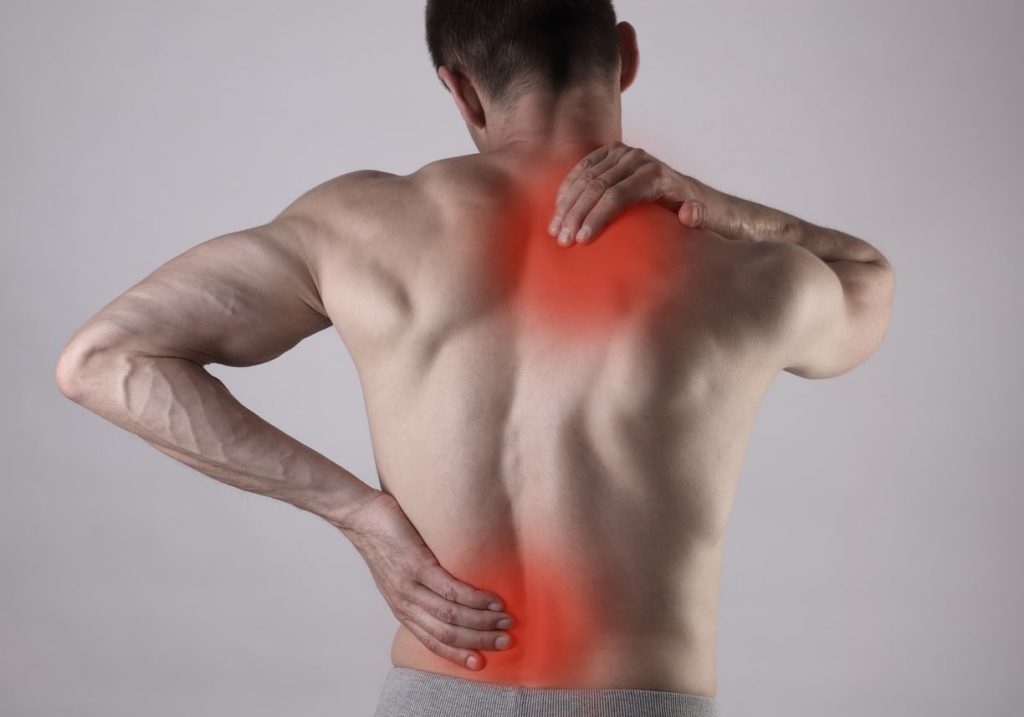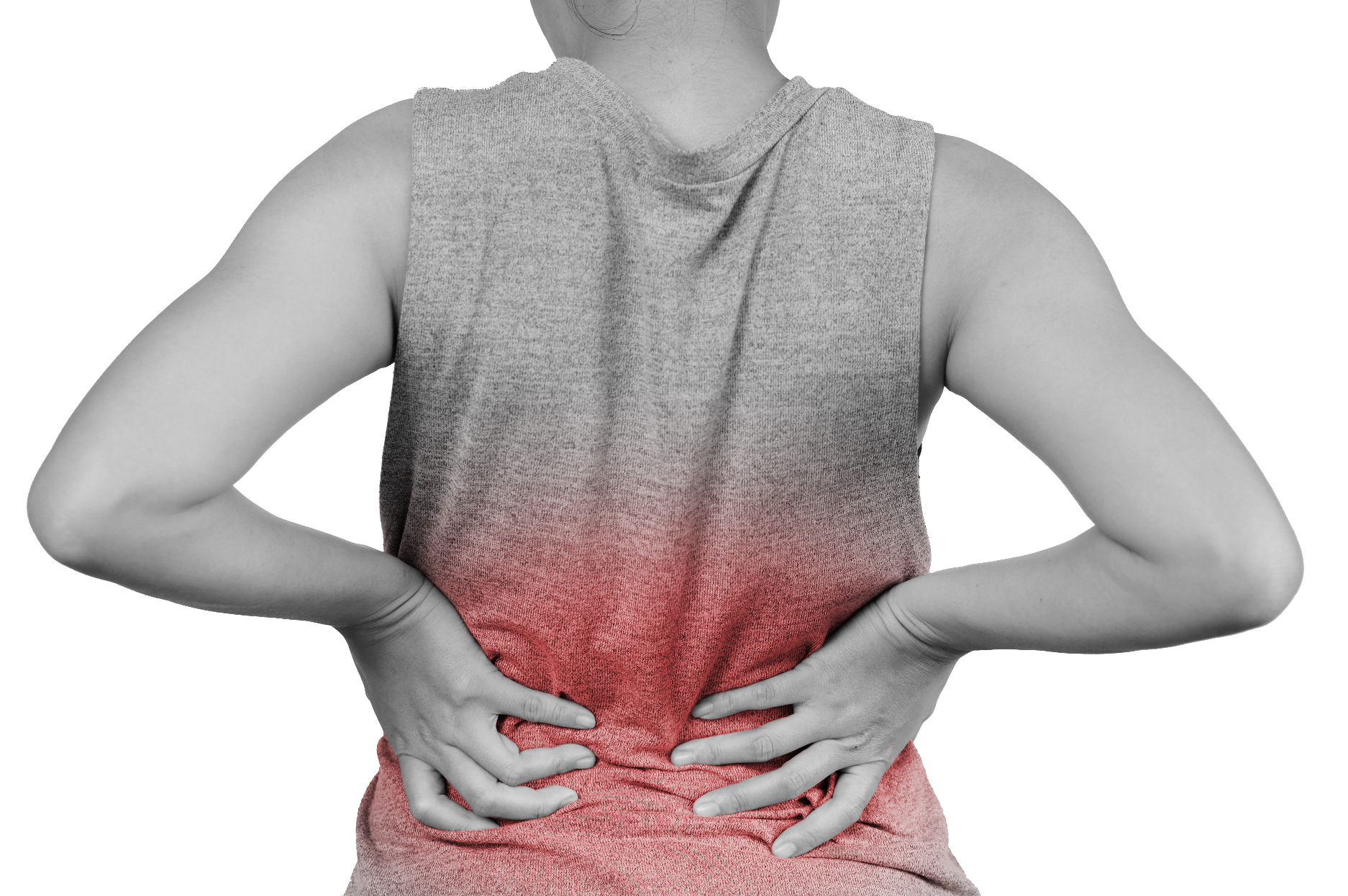MUSCLE SPASMS
What are Muscle Spasms?
Muscle spasms (also known as muscle cramps) refer to painful contractions and tightening of the muscles. Spasms can affect many different types of muscles in the body, leading to many different symptoms. The most common sites for muscle spasms include the thighs, calves, feet, hands, arms and abdomen. When occurring in the calves, individuals commonly refer to these as “charley horses”. Also, “nocturnal leg cramps” refer to leg cramps that occur at night during rest or sleep.
These spasms usually occur as painful, involuntary and unpredictable contractions due to overuse and muscle fatigue, dehydration, and electrolyte abnormalities. Muscle spasms range in intensity from mild, uncomfortable twitches to significant discomfort to intense, severe pain. The spastic muscle may feel harder than normal to the touch and/or appear visibly distorted, it may twitch. Spasms typically last from seconds to 15 minutes or longer, and may recur multiple times before eventually going away.
Although individuals can take certain steps in order to prevent a muscle spasm and treat it when it attacks, these methods do not always prove reliable. Muscle relaxants, stretching and massage provide more significant help.
Causes
A muscle cramp may occur after working a muscle too hard or straining it, losing body fluids through sweat or simply holding a position for a long time. Often, however, these cramps have no known cause.
Most muscle cramps prove harmless, but some might relate to a medical concern, such as:
- Restriction of blood supply: narrowing of the arteries that provide blood supply to the leg may cause a cramping pain in the legs and feet during exercise. These cramps usually go away soon after exercise stops.
- Not enough minerals: insufficient minerals such as potassium, calcium or magnesium in the diet may cause leg cramps. Drugs often prescribed for high blood pressure can also cause depletion of minerals in the body through increased urination.
- Compression of nerves: pressure on the nerves in the spine can also cause cramping pain in the legs. The pain usually gets worse with walking. Walking bent slightly forward, such as when pushing a shopping cart, might ease cramping.
Furthermore, some experts believe that one or more of the following may cause muscle spasms in most cases:
- Not enough stretching
- Involuntary nerve discharges
- Sitting for long periods of time
- Sitting improperly
- Dehydration
- Muscle fatigue
- Excess high-intensity exercise
Symptoms of Muscle Spasms
Muscle spasms can resemble the feeling of a stitch in the side or cause agonizing pain. One may see a twitch under the skin and it may feel hard to the touch. These involuntary spasms cause the muscle to contract and it takes treatment and time for them to relax. Muscle spasms commonly occur in older adults and athletes. Cramps usually last for seconds to minutes. After the cramp eases, the individual might experience soreness for hours or even days.
Muscle cramps usually go away without any surgical or pharmaceutical aid, therefore, do not necessarily require medical attention. However, see a health care provider for cramps that:
- Cause severe discomfort
- Have leg swelling, redness or skin color changes
- Happen often
- Do not get better with self-care
- Come with muscle weakness
Risk factors
Factors that might increase the risk of muscle spasms include:
- Age: Older people lose muscle mass, therefore, these muscles no longer work as hard and can get stressed more easily.
- Poor conditioning: Poor fitness causes muscles to tire more easily, especially when a certain activity or sport requires proper fitness.
- Extreme sweating: Athletes who get tired and sweat a lot while playing sports in warm weather often get muscle cramps.
- Medical issues: Having diabetes or illnesses that involve nerves, liver or thyroid can increase the risk of muscle cramps.
- Pregnancy: Muscle cramps commonly occur during pregnancy.
Treatment
Muscle spasms may occur while exercising, simply sitting or even sleeping in the middle of the night. Unfortunately, studies have not yet brought forth a quick-action cure that could instantly relieve pain. However, an affected individual can take one or two of these five steps to try to get rid of the spasm:
- Stand up and take a walk.
- Apply heat or ice. Put an ice pack or apply a heating pad on the affected area.
- Massage the affected area with a massage roller or the hands.
- Take painkillers such as ibuprofen and acetaminophen.
- Stretch the affected area.
Believe you have need Muscle Spasms?


